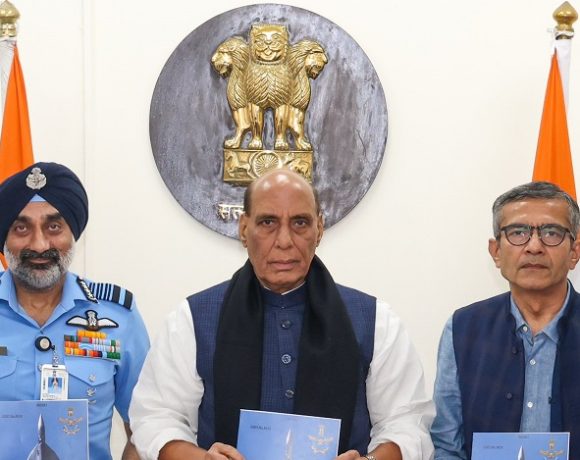
China Shared Live Intel With Pakistan During Op Sindoor confirms Indian Army’s Deputy Chief
At a security conclave hosted by FICCI, Lieutenant General Rahul R Singh, Deputy Chief of the Indian Army (Capability Development & Sustenance), made a bombshell revelation regarding the 2025 Operation Sindoor. Singh stated that China provided real-time intelligence to Pakistan on Indian troop movements and operational “vectors” during the cross-border engagement, exposing what he called a growing anti-India axis in the region.
China Gave Real-Time Updates to Pakistan
“Pakistan was getting live updates of our important vectors from China,” Lt Gen Singh said, describing how Pakistani officers at the Director General of Military Operations (DGMO) level revealed their access to live Indian military positions. The disclosure came during bilateral discussions in the heat of Operation Sindoor. The intelligence leak, according to Singh, significantly shaped Pakistan’s operational awareness and capability during the confrontation.
Turkey’s Drone Role and China’s Live Lab
The Deputy Army Chief didn’t stop at China’s involvement. He warned of a three-front threat, stating: “During Operation Sindoor, India was facing three nations — Pakistan in front, China in the background and Turkey with drone support.” He further noted that China was using the Pakistan front as a “live lab” to test equipment and share battlefield data in real time, a deeply alarming precedent for Indian security planners. He said that the combined threat architecture—including Chinese surveillance systems and Turkish drone platforms—highlighted an emerging regional axis aimed at India’s strategic disruption.
Strategic Implications for Indian Defence
Singh used the platform to issue a strong message: India must rapidly enhance its air defence capabilities, especially around key cities and sensitive infrastructure. With adversaries now coordinating in real time and sharing battlefield intelligence, traditional preparedness must be replaced with real-time situational awareness, robust counterintelligence, and integrated electronic warfare systems. He described this tri-national threat as a “next-generation war scenario” and called for India to revise its assumptions about conventional two-front threats.
Operation Sindoor in Brief
Operation Sindoor was launched on May 7, 2025, as a calibrated Indian response to the April 22 Pahalgam terror attack, where Pakistan-backed militants targeted Indian civilians and soldiers. The operation lasted four days and targeted terrorist infrastructure in Pakistan-occupied territories. It ended with a unilateral Indian ceasefire on May 10, after achieving tactical objectives. However, the new revelations about real-time intelligence sharing and drone intervention add a sharp new dimension to the operation, placing it in the context of a broader regional security challenge.
India’s military leadership has now publicly acknowledged that modern warfare no longer respects borders or traditional definitions of “direct” combat. The China-Pakistan-Turkey axis during Operation Sindoor represents a serious and coordinated security threat, compelling India to accelerate defence modernization and redefine national preparedness doctrine.


















